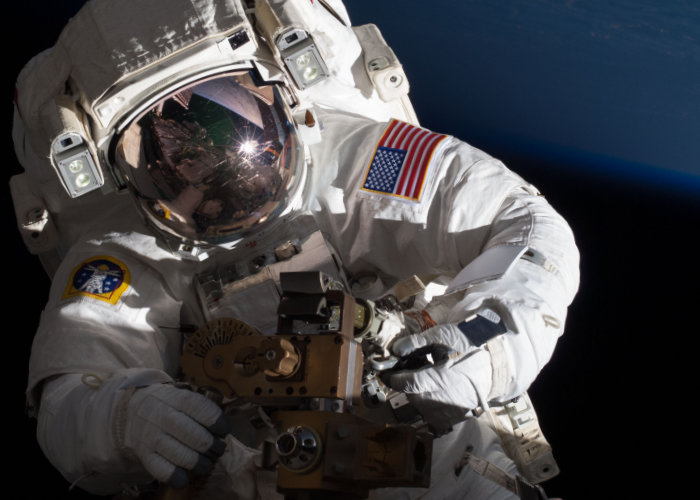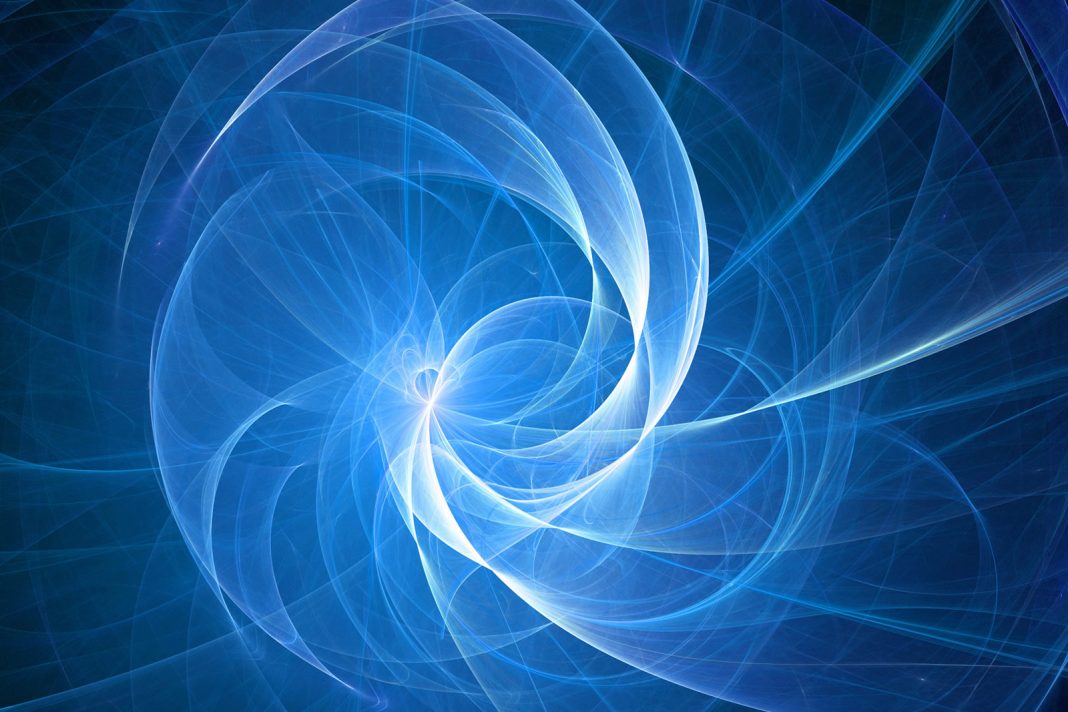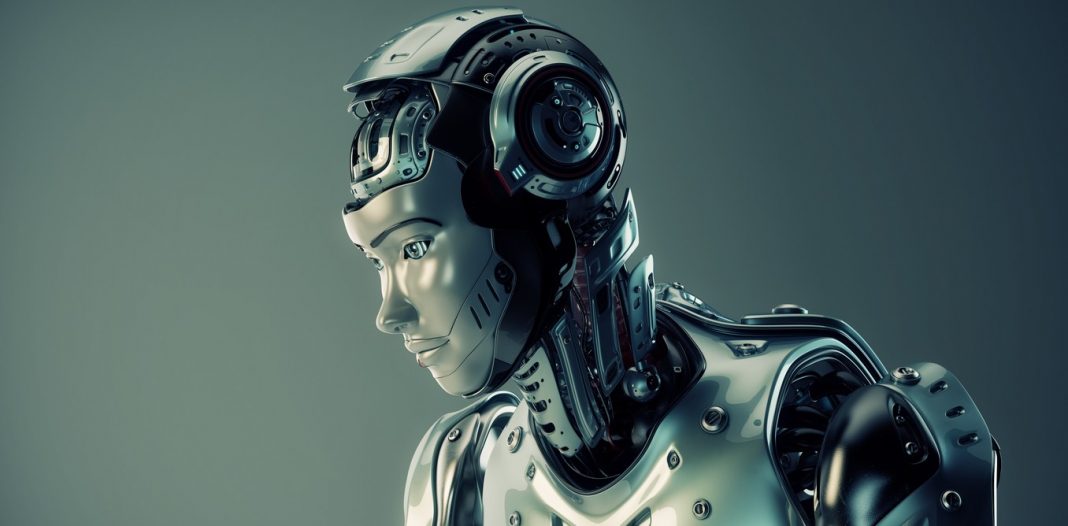The future of zero gravity is looking promising as experts predict there will one day be thousands of us living and working in space. We are fast approaching a zero gravity era and if space travel is transformed the way that so many companies are aiming for, then as soon as 2030 dozens of people could be up in space living and working quite ordinarily (for space, anyway). This new era brings to us a time when no longer will you need to be really important or clever to go into space.
A fleet of reusable spaceships will be used to service the various commercial outposts and potentially a rocket could go into orbit every day transporting people to labs, factories, and tourist resorts. Whether this is in low-Earth orbit or further out, between the Earth and the Moon, will depend on the person’s wishes. Eventually, the Moon too will have its own outposts that we could visit that would take around three days to get there.
Where NASA may have fallen short previously in carrying out the number of missions proposed, this feels different as now we’re relying on private investors to get us into space opposed to government-backed programs. Jeff Bezos, Amazon founder is one of many entrepreneurs to invest heavily in making reusable spaceflight technology cheaper and more reliable. His spaceflight company, Blue Origin, aims to get “millions of people living and working in space”. He is also aiming to “put in all the infrastructure, so a new generation can have this incredible dynamism in space.” The company is making good progress too. In 2015, its New Shepard rocket was launched 62 miles above Earth and just nine weeks later the company re-launched the same rocket. This was done a total of four times in 2016. Earlier this year, Bezos announced he would be selling $1 billion of his Amazon stock to invest further in Blue Origin.
Elon Musk is also making good progress with SpaceX. The company is already making a profit and currently transports cargo to and from the International Space Station (ISS) using its own designed and built rockets. In March this year, the company used a reusable rocket to launch a satellite into orbit, which is a magnificent achievement. “At this point, I’m highly confident that it’s possible to achieve at least 100-fold reduction in the cost of space access,” stated Musk. Another big player in the space race is Robert Bigelow, a Las Vegas real estate magnate and entrepreneur with his company Bigelow Aerospace. The company has two test habitats and a third that’s bolted to the Space Station. What Bigelow is aiming for is to essentially build these fantastic space structures and they lease them out. This could be anything from a manufacturing pod to a tourist cabin which will all be designed for Earth orbit and fit to carry non-astronauts.
Made In Space is a California-based company that may be just what Bigelow needs as a tenant. It’s a manufacturing company that specializes in producing products in space and selling them to us Earthlings. Last year the International Space Station installed a 3D printer provided by Made in Space. Currently, it produces various test items for NASA and others using designs sent over from Earth. Carissa Christensen, CEO of Bryce Space and Technology commented, “Space historically has not been populated by people who want to make money. It’s been populated by people who want to go to space, and the need to find somebody to pay for it was sort of an annoying secondary consideration.”
But, before we can begin to colonize on Earth there are still a few issues that need to be overcome. For example, the weightlessness, the food you can eat, how it’s prepared, and how your body digests it are all differing to anything you’d experience down here on Earth. “In zero G, a lot of things happen to the human body, and none of those are particularly good,” says John Connolly, lead engineer on NASA’s Mars Study Capability team. Statistics show that on average older women tend to lose around 1 percent of their bone mass a per year. As a comparison, an astronaut loses around 1 percent of their bone mass per month when in zero gravity if they don’t exercise. Hence why they have strict exercise regimes up in the Space Station of two-and-a-half hours a day and NASA even include exercise as part of the daily work schedule.
Even when astronauts return to Earth they still experience the after effects f being in space. “You’re dizzy, you’re nauseous, the blood in your body shifts down to your legs when you stand up,” advised Scott Kelly, who spent a staggering 340 consecutive days aboard the Space Station. “And there also the things that you can’t see – the effects of radiation, effects on your vision.” Zero gravity affects the eyes so much that even those with perfect vision have to take two pairs of prescription glasses with them to counter the effects when their sight is affected.
The harsh impacts space can have on the body is one of the problems that still need to be solved before we can start sending the general public up there. One suggestion on how to keep people in space safely is to manufacture “artificial gravity”. The way in which this would be done is be designing spacecraft that can spin, creating centrifugal force and therefore mimicking so of the Earth’s gravitational force. But, where do you even begin with building a spacecraft such as this? “There are lots of benefits, but in practical terms a spinning spacecraft creates lots of engineering challenges,” said Connolly.
There’s also the difficulties one faces in regards to prolonged space travel such as being stuck in such a confirmed space with the same people for an amount of time, without your loved ones around you. “Being in space for ten days has almost nothing in common to living on the Space Station for long periods of time,” explained Kelly. “I’ve been in space with 40 people, and some of them don’t do that great. I don’t think it’s a place for just anyone, or that anyone can live and work for long periods of time. It takes a certain type of person.” Plus, you need to have quite a few skills if you do. “You need to not only be the pilot,” said Kelly. “You need to be the mechanic, the plumber, the electrician, the IT person, the doctor, the dentist. I mean, you need to be a very multi-skilled, well-rounded individual who can also deal very well with adversity.”
G-Force One never leaves the Earth’s gravitational field but is a way for scientists the opportunity to work in zero gravity without the need to travel to the Space Station. Various groups pay for the privilege of being able to use the facility briefly to conduct experiments. While one group tests a system for re-inflating a collapsed lung in zero gravity, another group’s been testing technology that will allow small probes that land on asteroids to reposition themselves without flinging off back into space. So, there’s a wide variety of people that make use of the G-Force One currently. The way it works is each group’s experiment is loaded on the spacecraft through the cargo door and placed in a box that’s bolted to the floor. Researchers can then work on their experiment using nearby straps and handholds to secure themselves as they go in and out of zero gravity.
Marsh Cuttino is an emergency room doctor from Virginia leading the experiment involving the collapsed lung. Inside his box are three pints of blood in a pouch that’s hooked up via plastic tubes to a shoebox-sized, plastic device of Cuttino’s design, which is then hooked up to a suction pump via more tubes. Cuttino’s funnel-shaped device has been designed to separate an injured person’s blood from the air while in space. This will allow the lung to re-inflate while collecting blood ready for the transfusion. If successful the pump will draw blood into the funnel while air percolates out and gets sucked out the other end of the device. Cuttino commented, “The effectiveness turned out to be much more geometrically dependent that we predicted it would be. That’s exactly the kind of thing we couldn’t have figured out without going to zero gravity.”
The problem is that with G-Force One you only get 27 seconds of zero gravity at one time, and even tough this is repeated 25 times, you’re still fairly limited as what can be achieved in this small window. However, plans for a three minute uninterrupted zero gravity flight have been put in place for Cuttino and team to experiment, but this time on a Blue Origin New Shepard rocket.
Another area that needs to be considered before we can fully settle in space is ensuring we have access to enough materials, and one of the ways to do this is through mining. Various precious materials such as gold, iron, and platinum can be found in near space and Chris Lewicki, CEO of Planetary Resources intends to find them by tapping into asteroids. Currently, the company is focusing on finding water, as this is arguably the most valuable resource needed because it can be used for so many things. Lewicki says that even as an asteroid as small as one km in width could provide enough water to make more fuel than has been used by all the rockets launched so far. “Water is the first step,” he advises. “But after that, there’s plain old construction metals – iron, nickel. Not to bring to Earth, but to use in space.” However, the company is still quite a few years away from making it all a reality and Lewicki recognizes there are various technological advances that need to happen first. But he’s also confident that one day it will happen.
More News to Read











